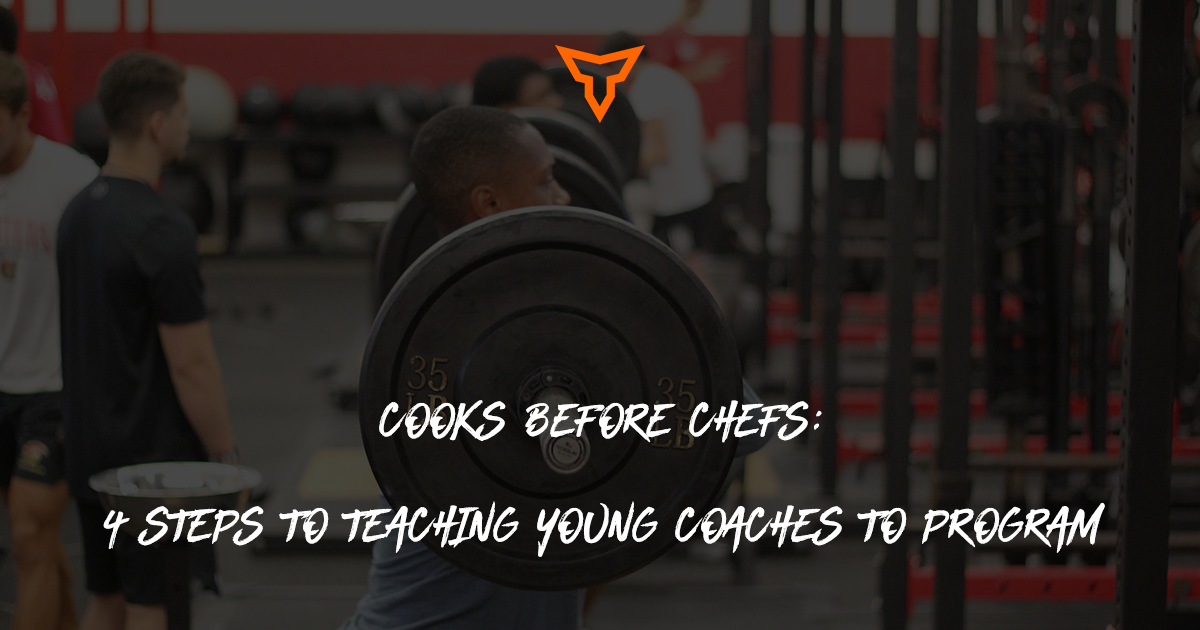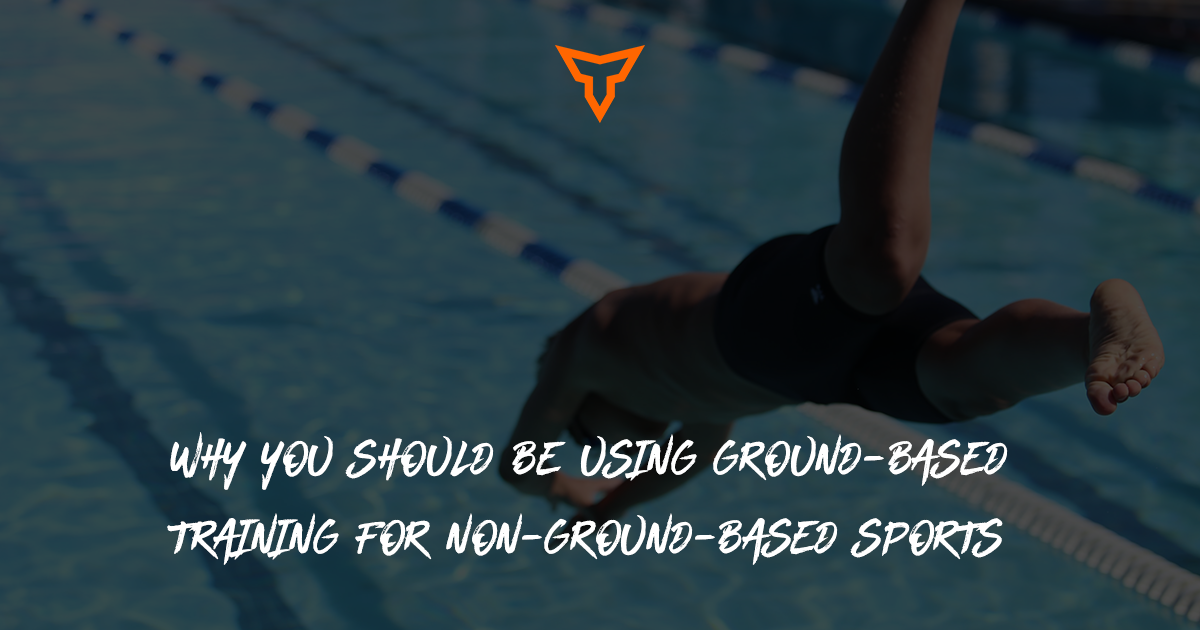Here is where the beef starts.
The blame for gaps between science and practice lie jointly at the intersection of the bullheaded coach, their audacious belief that they “know” their athletes well enough to determine the best course of action, and the smugness of the sports scientist in believing that if they study it, or publish it, that the coach will use it.
I propose this solution: a bridge—a transition from evidence-based practice (EBP) to evidence-informed practice (EIP).
What is EBP?
In our context, EBP is best described as an evaluative, qualitative, problem-solving approach that leverages the best available information to support coaching decisions.
In other words, coaches use relevant evidence in (peer-reviewed) literature to answer essential questions about performance enhancement strategies and prescriptions.
The origins of EBP date back to the 1800’s when Florence Nightingale introduced the idea to provide better outcomes for patients following her experience in the Crimean War (Mackey & Bassendowski, 2016, 2). Following the work of Nightingale, EBP evolved slowly and today can be traced to Archie Cochrane in the 1970s, who coined the term evidence-based medicine, and later to David Sackett, who provided us with our modern definition above (Mackey & Bassendowski, 2016, 4).
The typical process looks something like this:
- Search for and vet relevant
literature.
- Utilize current knowledge and experience.
- Incorporate some athlete or coaching considerations.
I like to think of EBP as the scientific method of coaching.
How is EIP Different?
Evidence-informed practice (EIP), while sometimes used to describe the EBP process, is quite a bit different in both depth and breadth, especially given the tools and technology at our fingertips today. However, make no mistake about it; EIP still relies heavily upon the best available research but incorporates a far broader scope of information, goals, and agility in terms of evidence sources.
Simply stated, EBP is far too narrow a lens to capture even a tiny portion of the complex systems surrounding human performance!
Consider the depth, breadth, and relationships between the elements in the image below.
Have you pondered some of the underlying sources of information in these elements that we, performance professionals, should be considering?
Let me expand for you.
Research and Current Data
Research and current data refer to scientific results related to intervention strategies, assessment and monitoring, sport demands analysis, athlete populations in the field and the lab, and influences such as medical, nutrition, psychological, and related fields.
Categorically, this might include some of the following information:
- Literature. Including qualitative research, systematic case studies, single-case experimental designs, public health and ethnographic research, process-outcome studies, effectiveness research, efficacy research, and meta-analysis (American Psychologist, 2006, 274).
- Monitoring and assessment. Including observation, questionnaires, neuromuscular function tests (jump variations, reaction tests, etc.), autonomic nervous system monitoring (heart rate, HRV, etc.), biochemical, immunological, and hormonal assessments (blood, saliva, and urine markers), and intensity distribution of session types (GPS, etc.).
- Sports Demands. Including game and practice structure (equipment, duration, scoring, surface, uniform, format, etc.), player considerations (position, technique, etc.), injuries (incidence, mechanisms, types, and prevention), environmental conditions (altitude, temperature, etc.), sport and skill demands (dominant musculature, motor pattern, bioenergetics, biomechanics, etc.), and travel considerations (mode, duration, transmeridian, jet-lag, etc.).
Coach and Athlete Expectations
Coach and athlete-related variables should be strongly considered as they profoundly influence athlete and team outcomes. Many of these variables comprise multiple learning domains and states of the athlete or team readiness. For example, consider things like functional status, readiness for change, level of social support, and sports history and traditions.
Athlete characteristics are essential to consider when making training prescriptions or providing coaching. Consider the following:
- Biological. Including variations in presenting problems, disorders, or symptoms, chronological, developmental, emotional and training age, and life stage (American Psychologist, 2006, 279).
- Socio-Cultural and familial factors. Including gender, gender identity, ethnicity, race, social class, religion, disability status, family structure, and sexual orientation (American Psychologist, 2006, 279).
- Current environmental context. Including course and employment load, recent life events, coaching style, and sports history and traditions.
- Social factors. Including relationship management, social support structure, racism, educational disparities, and healthcare disparities.
- Personal preferences and values. Including goals, beliefs, worldviews, and coaching expectations.
Expertise
Finally, coaches should equally weigh their expertise alongside the elements mentioned above. Coaching expertise is the sum of all knowledge and experience the coach has accumulated in their career. My dear friend, Al Jean, calls this wisdom. Expertise is essential for identifying and integrating the best information available and includes several processes that improve performance outcomes. Here are some considerations (American Psychologist, 2006, 276):
- Assessment, athlete profiling, training prescription development, and coaching. The expert coach can formulate and articulate athlete assessment and monitoring data, develop a clear profile and plan for improvement, coherently conceptualize a training prescription, utilize sound coaching science and theory in its application.
- Performance decision making, program implementation, and monitoring of athlete progress. Coaching expertise involves skillful and agile delivery of performance training prescriptions, and an agile delivery is manifested in tact, timing, pace, and intervention selection. In addition, coaches would be wise to consider training principles such as specificity, progression, overload, reversibility, and athlete traits.
- Interpersonal expertise. Central to effective coaching is interpersonal skill. Coaches should employ effective verbal communication and observance of non-verbal responses, particularly to exercise stress. In addition, expert coaches create realistic and positive expectations using agile methodologies.
- Understanding of individual, team, cultural, and contextual differences on training. Expert coaching is characterized by a conscious awareness of the athlete’s individual, social, and cultural context.
- A clear rationale for coaching strategies. Desirable performance outcomes require an iterative approach to performance enhancement, skill acquisition, and the enhancement of motor skills. These strategies should be coherent, well communicated, evaluated, and refined regularly.
- Continual self-reflection. The most successful coaches are in a perpetual state of growth. Coaching expertise requires reflecting on past experiences, knowledge, hypotheses, inferences, emotions, reactions, and behaviors. Then, following reflection, being open to change and growth.
Do you still think evidence-based practice is “best practice”? I hope not. So, what’s next?
Implementing Evidence-Informed Practice
How do coaches implement EIP in the context of sports performance? You don’t have to eat the whole steak in one bite, for starters. Instead, slice off a palpable piece and continue to move forward. Here are some simple steps to get you started.
- Block out the thought that peer-reviewed literature is the only source of evidence you should be considering.
- You don’t know your athletes nearly as well as you think you do. There, I said it, and you needed to hear it. In parallel with this statement is the friend-coach. I am not saying you shouldn’t care for your athletes, but you should keep sufficient distance from the project to limit the amount of bias you have concerning assessments, planning, and quality control.
- Consider these three stages of progression in the image below: 1. Source the evidence, 2. Vett the evidence, and 3. Implement and sustain the evidence.
Do this across all three elements provided above. You will have run the spectrum of human learning domains - the cognitive, the affective, and the psychomotor - and your program and athletes will be in a much better position to be successful.
End of beef, now for dinner.
Subscribe to our blog
Subscribe to receive the latest blog posts to your inbox every week.
Related posts

Cooks Before Chefs: 4 Steps to Teaching Young Coaches to Program

Why You Should Be Using Ground-Based Training For Non-Ground-Based Sports


